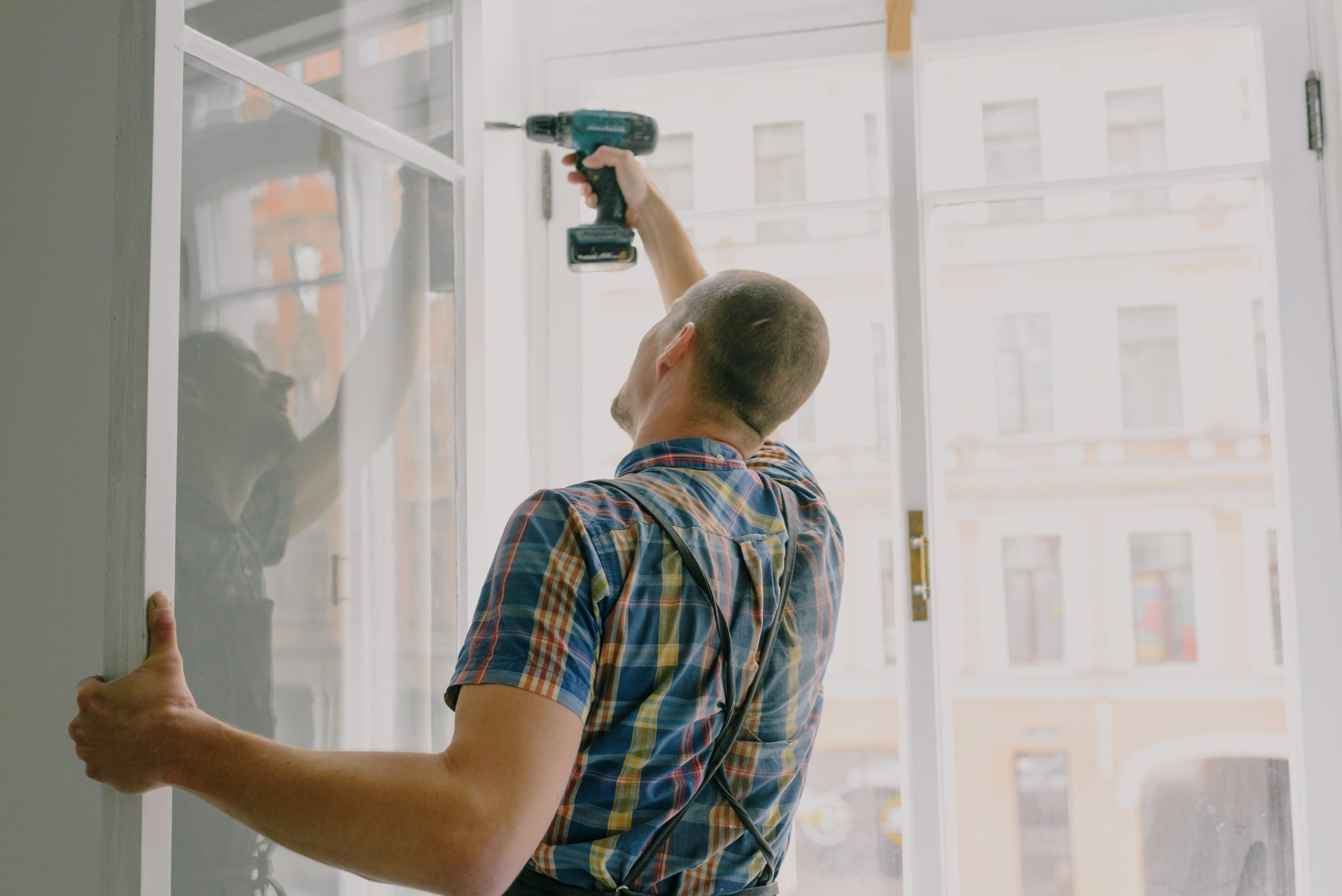Landlord's Guide to Handling Plumbing Issues in Rental Units
Landlord's Guide to Handling Plumbing Issues in Rental Units
Blog Article
The author is making several good pointers about How to Handle Plumbing Issues in Your Rental Property in general in the article further down.

Taking care of pipes problems in rental homes successfully is vital for maintaining occupant satisfaction and protecting the home's worth. Whether you're a landlord or a home supervisor, recognizing just how to resolve these common issues can save you time and money while guaranteeing compliance with lawful obligations. Here's a detailed guide on just how to manage pipes concerns in rental properties.
Document Everything
Keep comprehensive documents of all reported pipes problems and the activities required to solve them. Documentation must include days, summaries of the issue, interaction with occupants, and invoices from specialists or plumbing professionals. This information can be critical for insurance policy claims, tax obligation reductions, and lawful security.
Use Qualified Professionals
Constantly make use of licensed and insured specialists for significant pipes fixings and installments. This makes certain that the work is up to code and can help prevent liability concerns in case of mishaps or further damages. It additionally assures renters that fixings are being handled expertly.
Establish Clear Interaction
Urge lessees to report any plumbing concerns as quickly as they happen. Supply numerous communication channels such as phone, email, or a tenant portal to make it very easy for them to reach out. Trigger reactions to these records can prevent minor issues from intensifying right into major issues.
Enlighten Tenants
Educate your lessees regarding what constitutes a pipes emergency and what does not. Give guidelines on how to deal with small issues themselves, such as making use of a plunger to unclog a commode. Additionally, inform them regarding what they must prevent putting down drains to avoid clogs, such as oil, coffee premises, and non-biodegradable items.
Normal Maintenance
Apply a regular upkeep timetable for all pipes systems in your leasing residential or commercial properties. Regular checks can assist recognize and solve problems like leakages, sluggish drains, or corroded pipelines prior to they end up being major. Consider employing a professional plumbing to inspect the residential properties each year or semi-annually.
Quick Action to Emergencies
Have a strategy in position for reacting to plumbing emergencies. This must consist of having the contact information of trusted pipes solutions that use 24/7 emergency repairs. Quick activity is vital to minimize damages in situations like burst pipes or serious leaks.
Preventive Upgrades
Take into consideration upgrading older plumbing systems and fixtures to a lot more contemporary, reliable versions. This can lower the frequency and intensity of plumbing concerns and reduced long-term upkeep prices. It's additionally a marketing point for prospective lessees that value upgrades and modern attributes.
Occupant Move-Out Inspections
Conduct complete plumbing checks throughout move-out evaluations to guarantee that any type of problems are recognized and attended to prior to a brand-new lessee moves in. This prevents disagreements with new renters over pre-existing conditions and makes sure the residential property remains in top problem.
Understand Legal Duties
Recognize your legal duties relating to pipes and basic residential property maintenance. Many territories call for proprietors to ensure their buildings are habitable and that all plumbing systems remain in good working order. Failing to resolve serious problems without delay can cause legal actions from tenants.
Lessee Repayments
If a plumbing issue needs prompt focus and the tenant deals with the issue on their own, have a clear plan in position for reimbursing prices. Make sure lessees know they ought to obtain prior authorization for higher-cost fixings unless it's an outright emergency situation.
Conclusion
Taking care of pipes problems in rental buildings needs an aggressive approach and great interaction with lessees. By remaining on top of upkeep, reacting promptly to emergencies, and making use of certified specialists, landlords can keep their residential or commercial properties in superb condition and preserve excellent partnerships with lessees.
How to Handle Water Damage in a Rental Property
What is Water Damage?
Water damage is harm or destruction caused by water entering areas where it is not supposed to be. It can be caused by a variety of sources and can manifest in different ways. The most common examples of water damage include:
Leaking roof Plumbing leaks Appliance malfunctions Poor drainage Flooding Sewage backup Condensation Tenant negligence HVAC system issues Frozen pipes Is water damage dangerous?
Water damage itself is not inherently dangerous, but it can lead to various hazards and health risks if not promptly and properly addressed. The severity of these risks depends on the extent of the water damage, the source of the water, and how quickly it is mitigated.
Some potential dangers associated with water damage include structural damage, mold and bacterial growth, electrical hazards, water contamination, and pest infestations. In situations where mold and mildew have gone unaddressed, mold can start to develop within 24-48 hours of water exposure, and this can impose a serious health risk to tenants. In particular, mold spores and damp conditions can lead to respiratory issues and even make existing health problems worse, such as allergies, asthma, or immune disorders.
Water Damage in an Apartment - Who is Responsible?
If the water damage is caused by the tenant’s negligence, the tenant is responsible for the cost of repairs. If the water damage is caused by a defect in the property, the landlord is responsible for the cost of repairs. If the water damage is a result of natural causes, such as excessive rain, then the landlord is responsible, since the water intrusion likely occurred due to a defect in the property. Landlord Responsibility water damage in rental property
Since maintaining habitability is the landlord’s legal responsibility, landlords are responsible for any resulting structural damage caused by water damage. These structural damages may include damage to walls, roofs, ceilings, and flooring. If water damage has affected the rental property’s original structure, the landlord is responsible for repairing or replacing those materials. Therefore, landlords should have property insurance that covers the structural components of their rental property so that they can receive help with the costs of covered events.
Preventative measures can also help landlords avoid massive renovations. Preventative maintenance may include conducting regular inspections to identify and address potential water damage before it becomes a major and urgent problem.
If a landlord fails to meet their responsibilities regarding water damage, it can lead to legal disputes and potential liability. Tenants who believe their landlord is not addressing water damage issues in accordance with California law can seek legal advice or contact local housing authorities for assistance.
https://www.goodlifemgmt.com/blog/water-damage-in-a-rental-property/

I have been very intrigued by 10 Common Rental Property Repairs and I really hope you enjoyed my piece. Enjoyed reading our blog posting? Please share it. Help others find it. Thank you for your time spent reading it.
Report this page